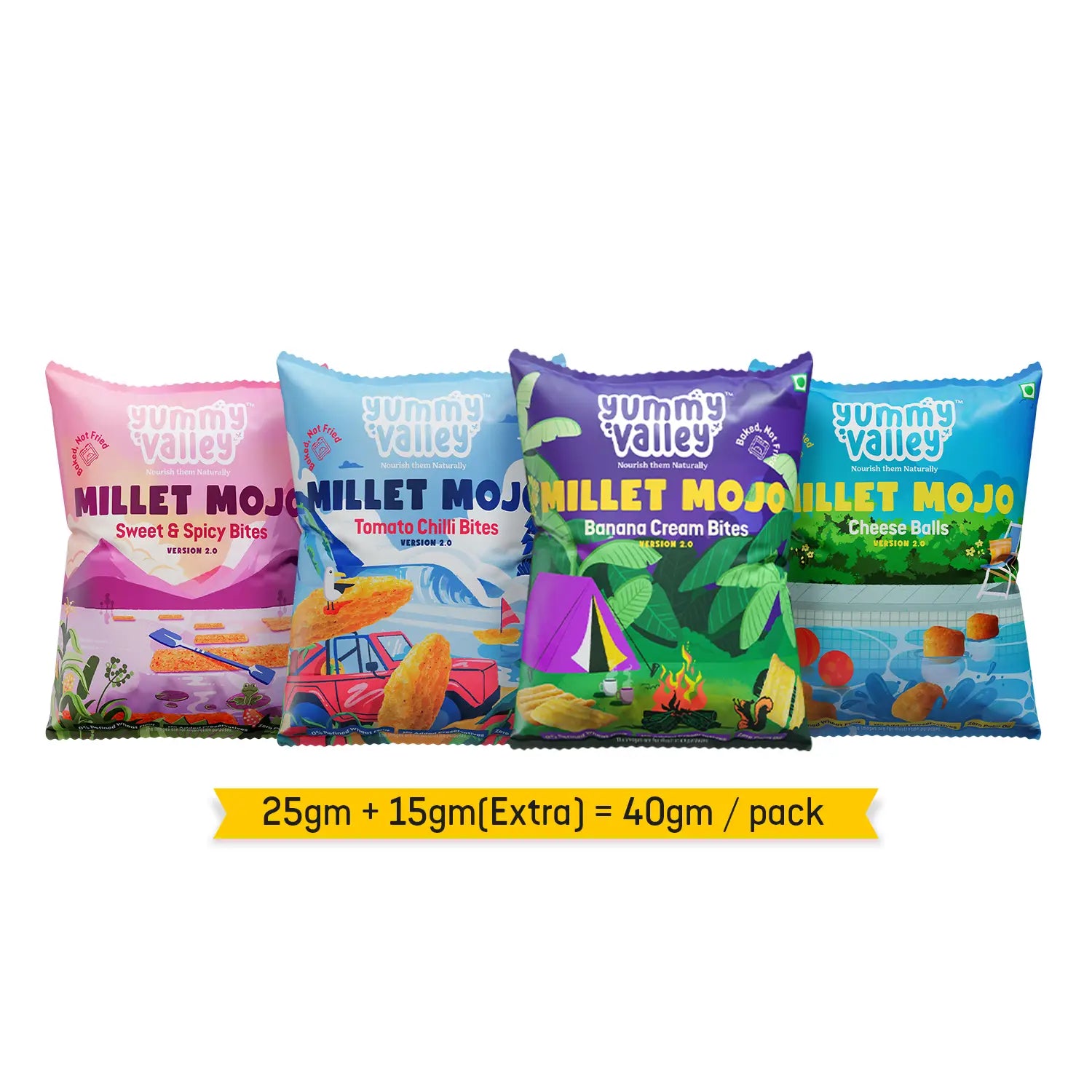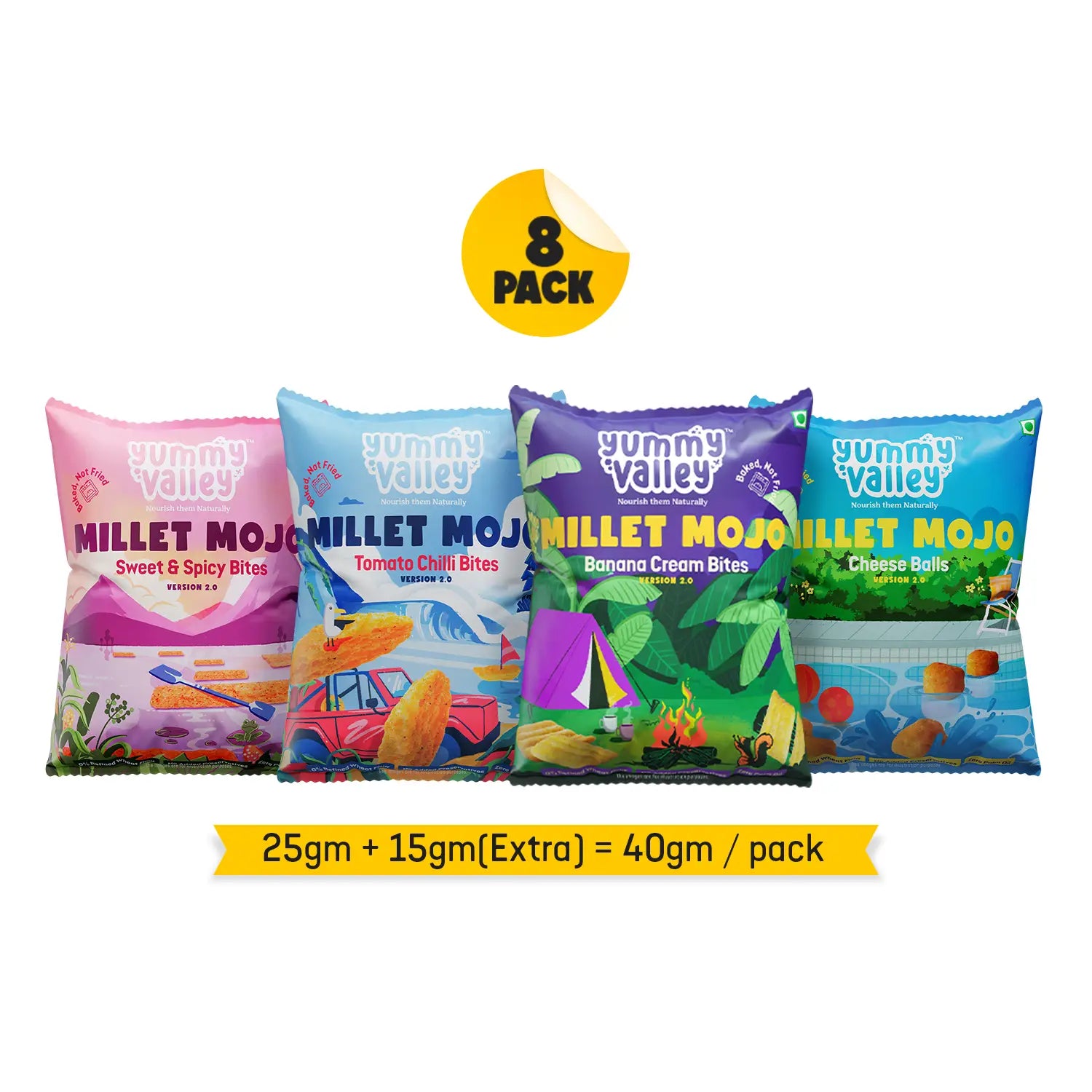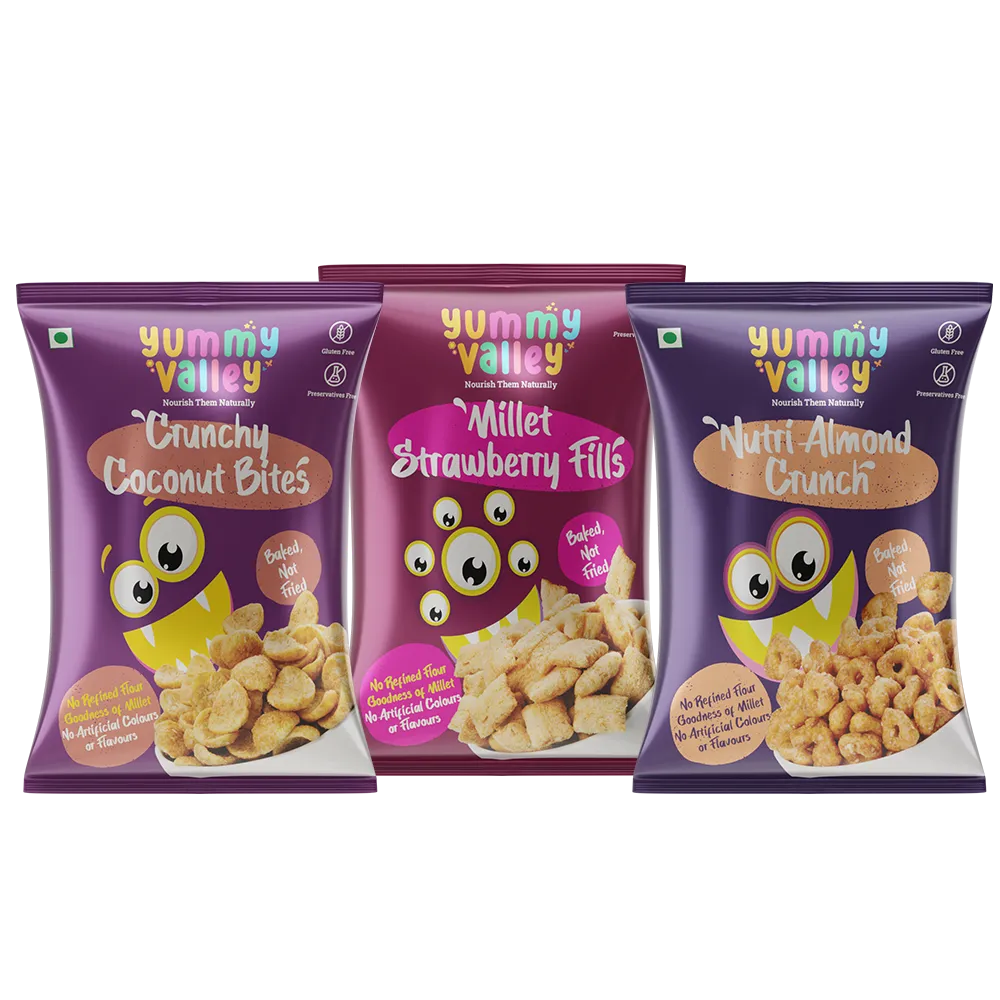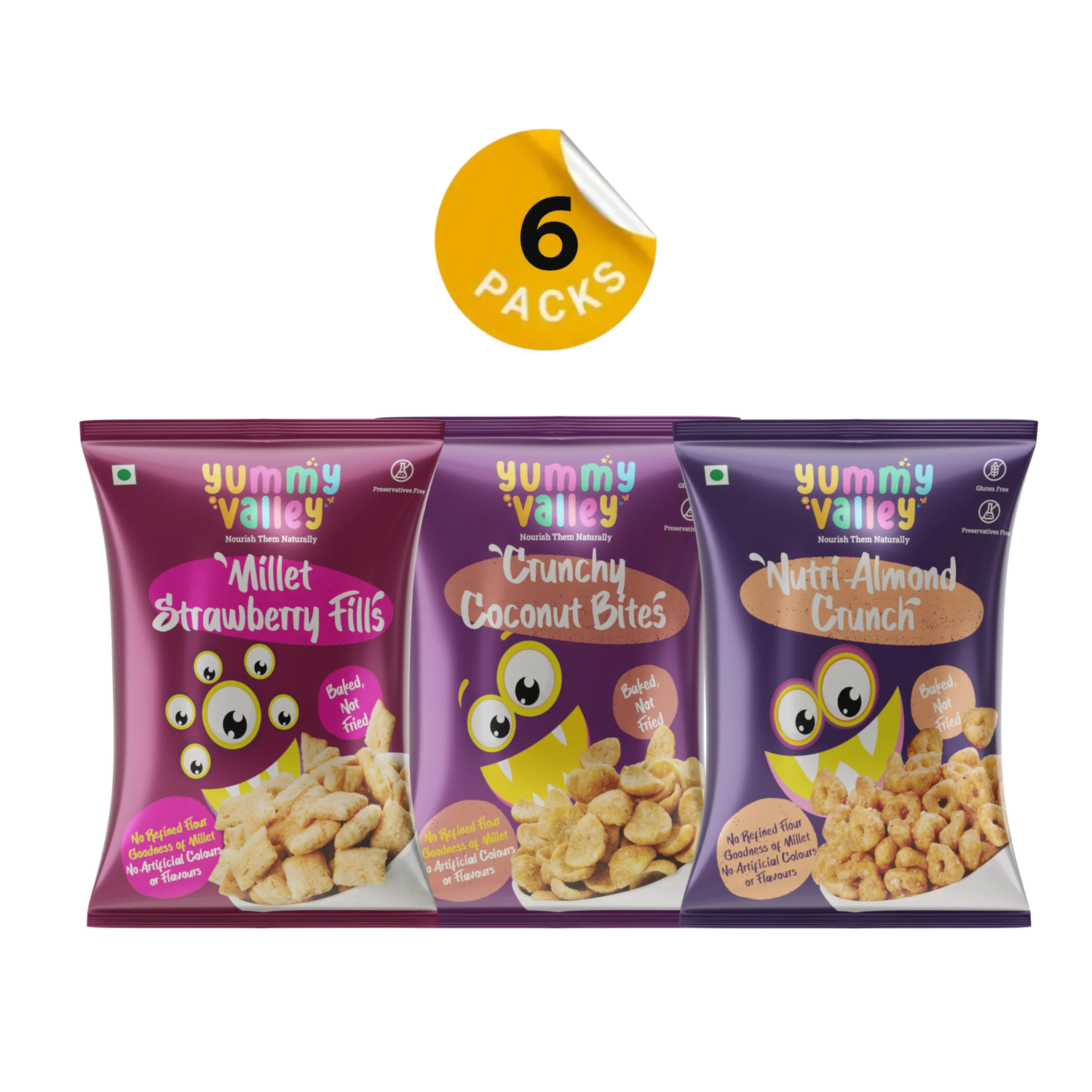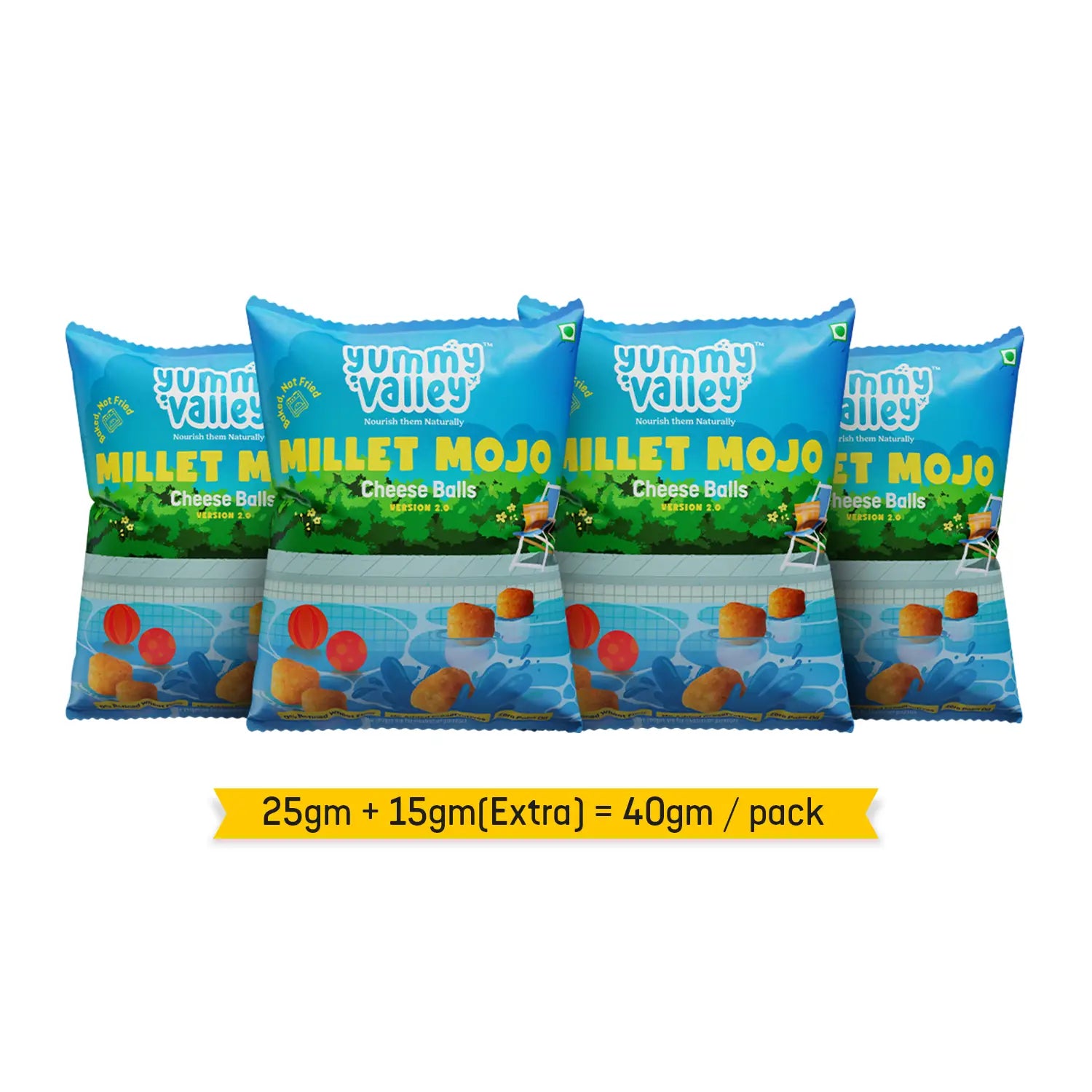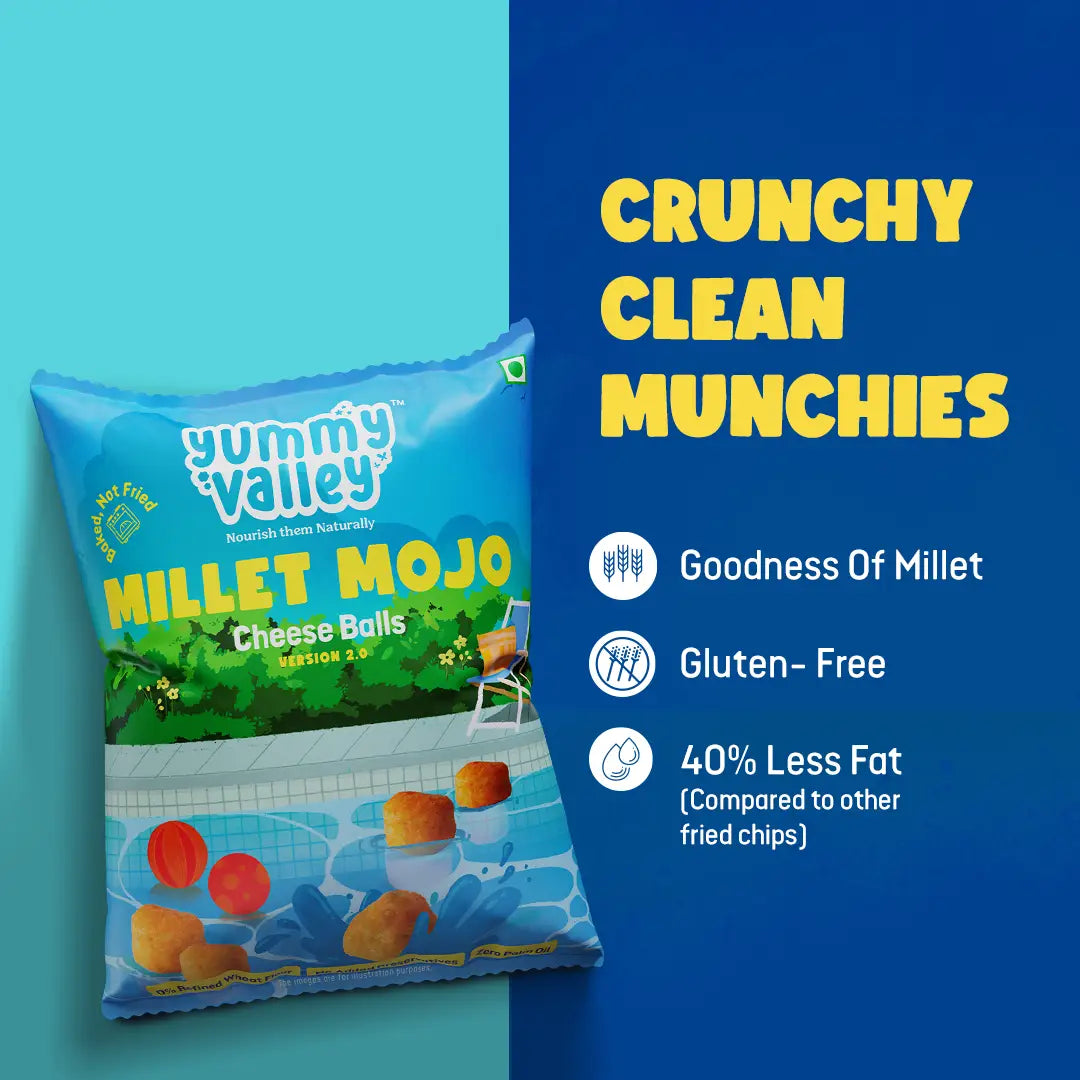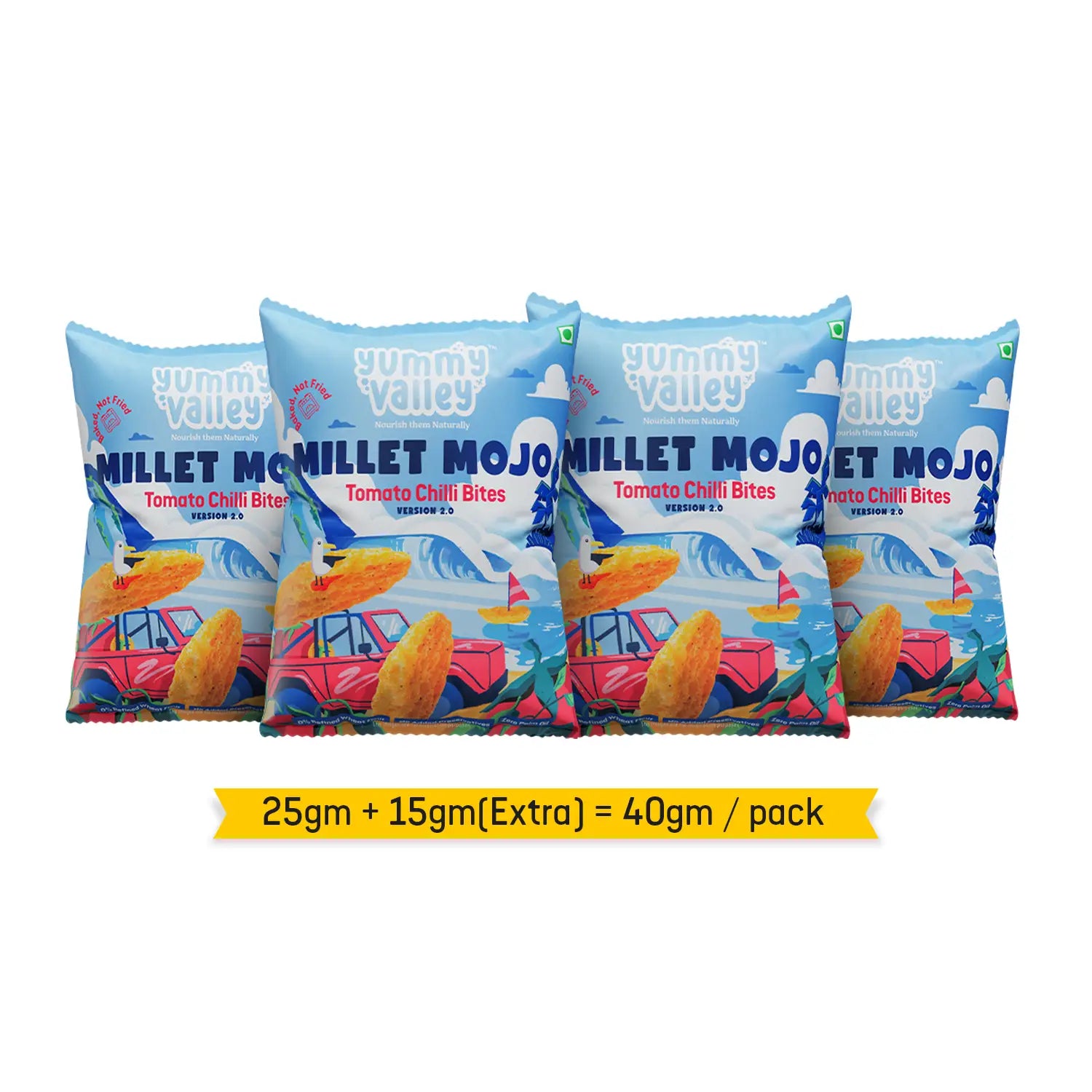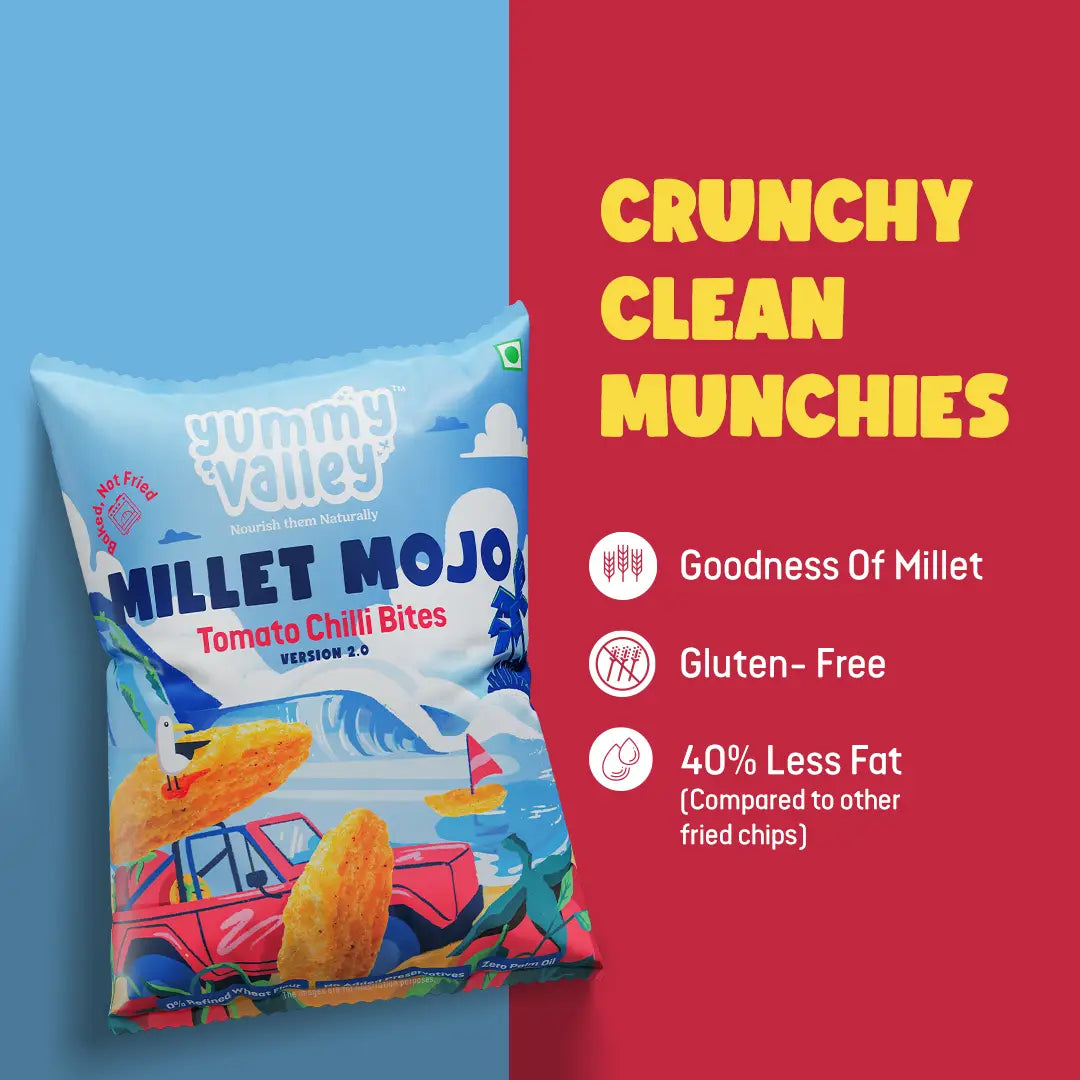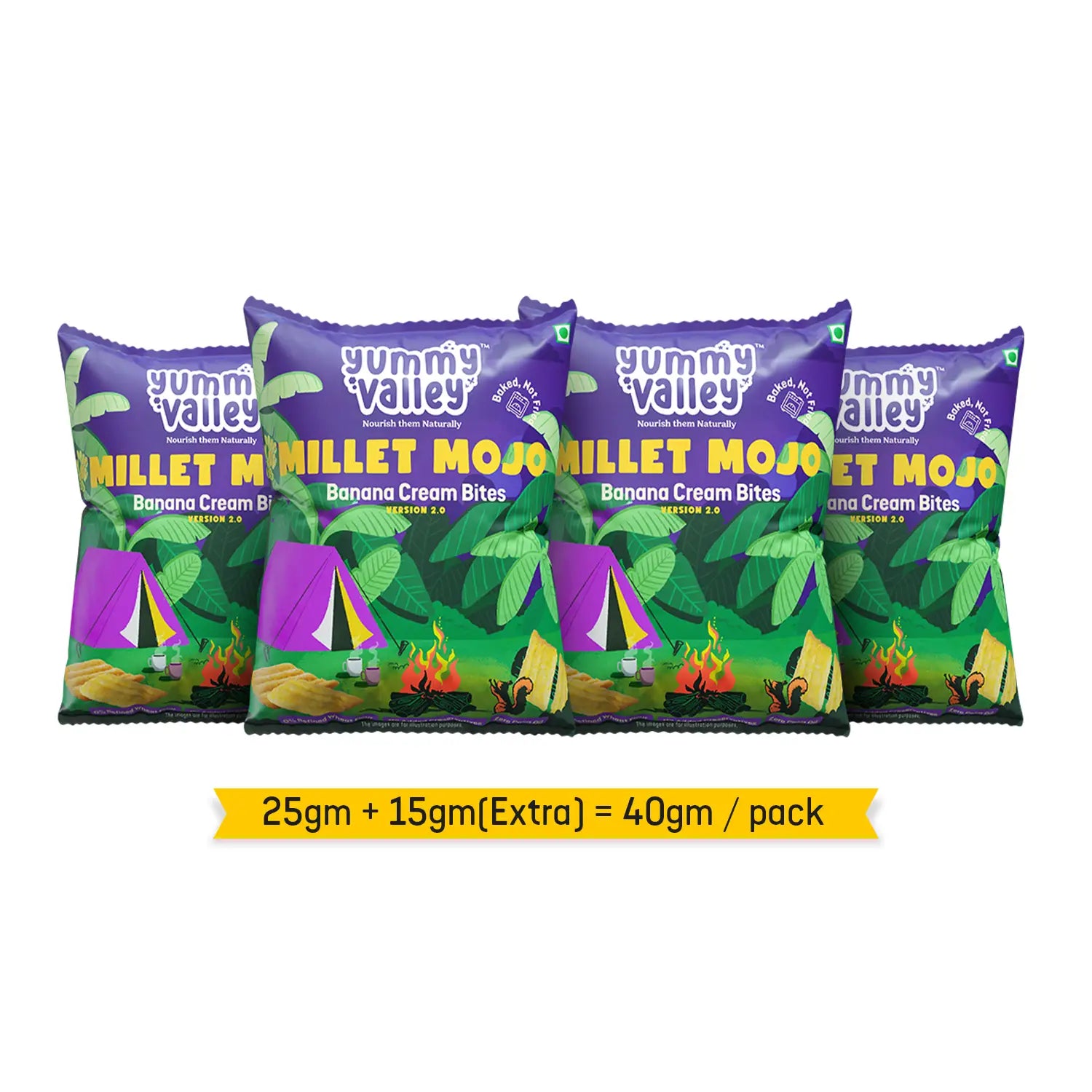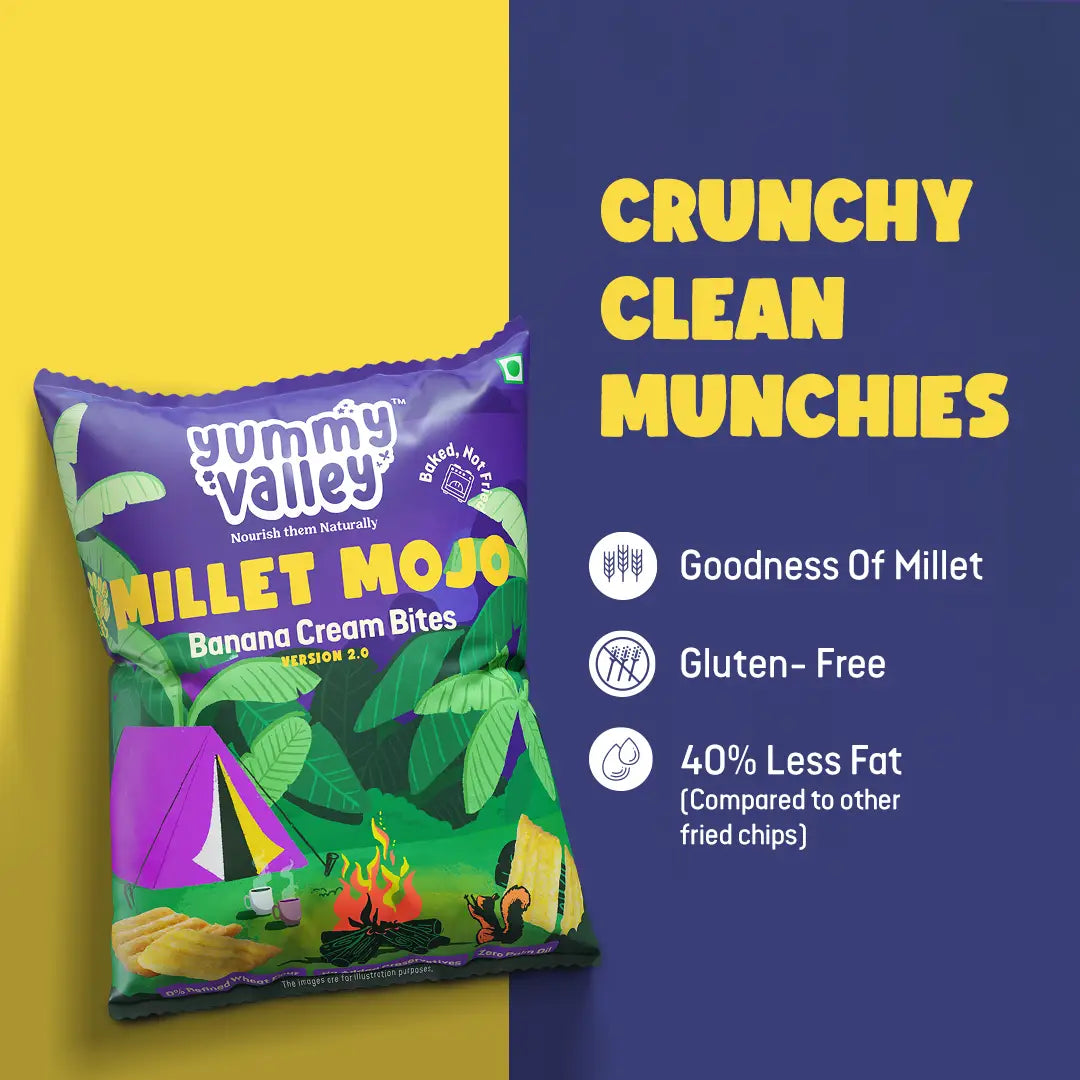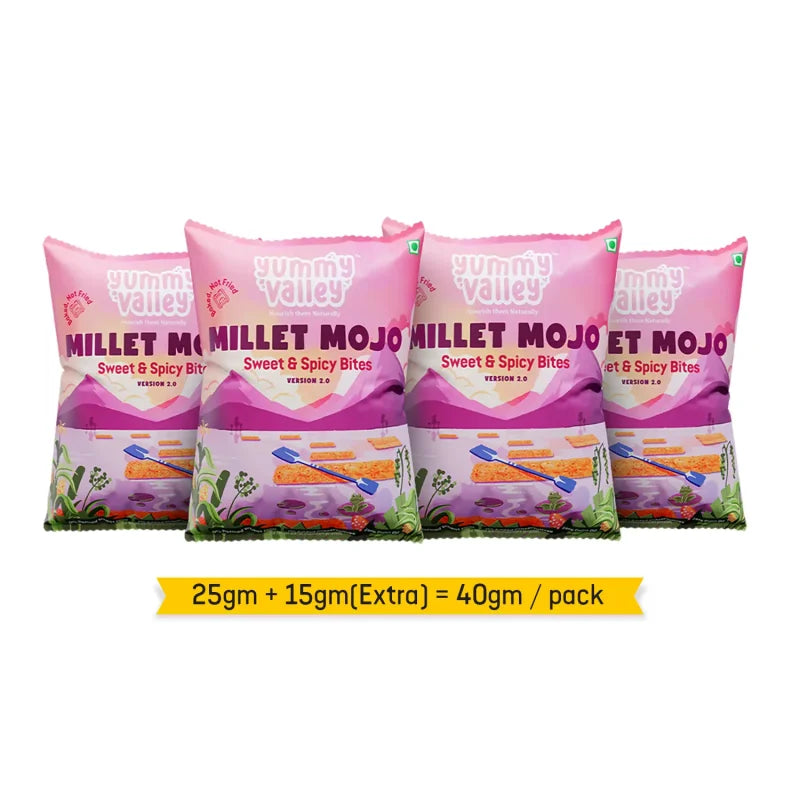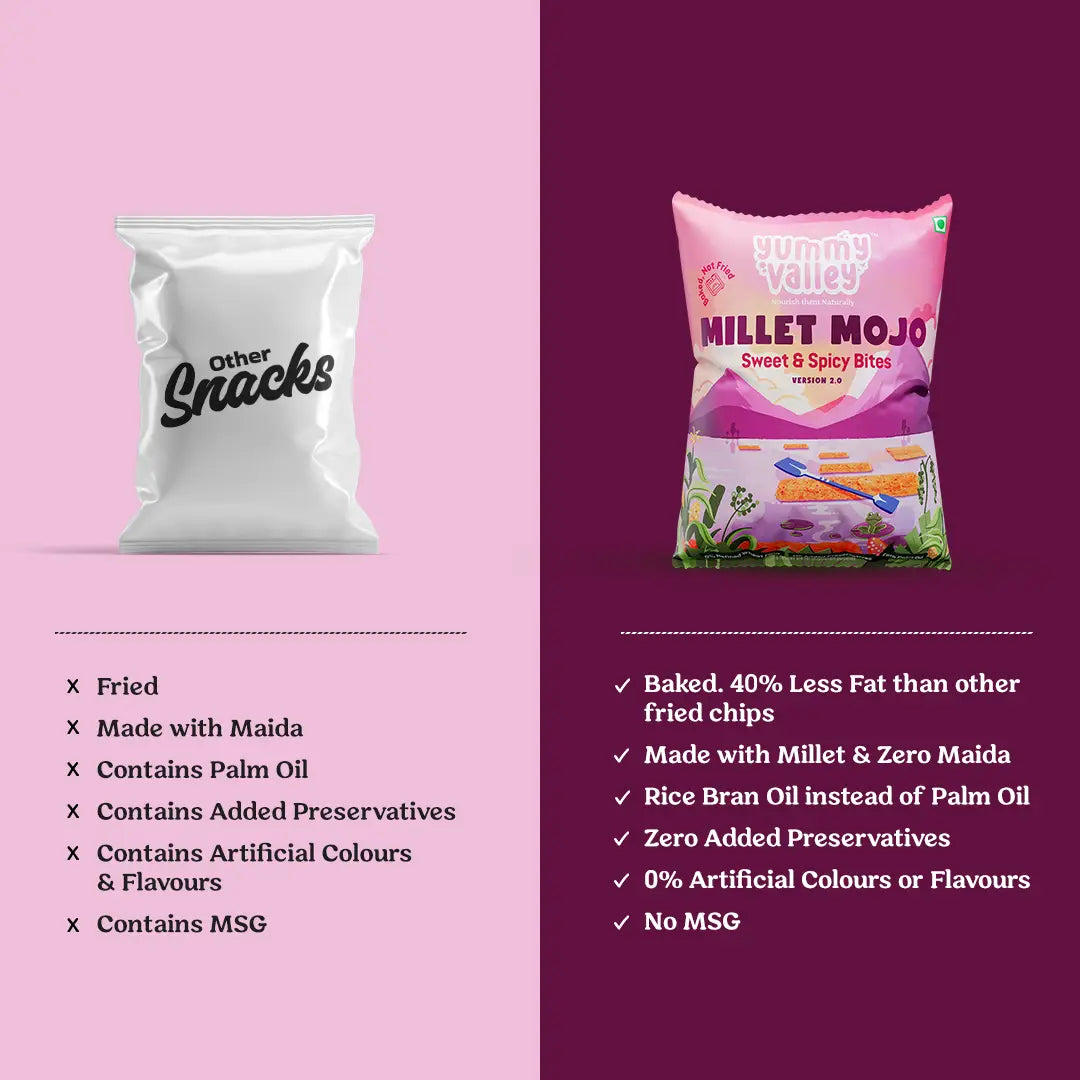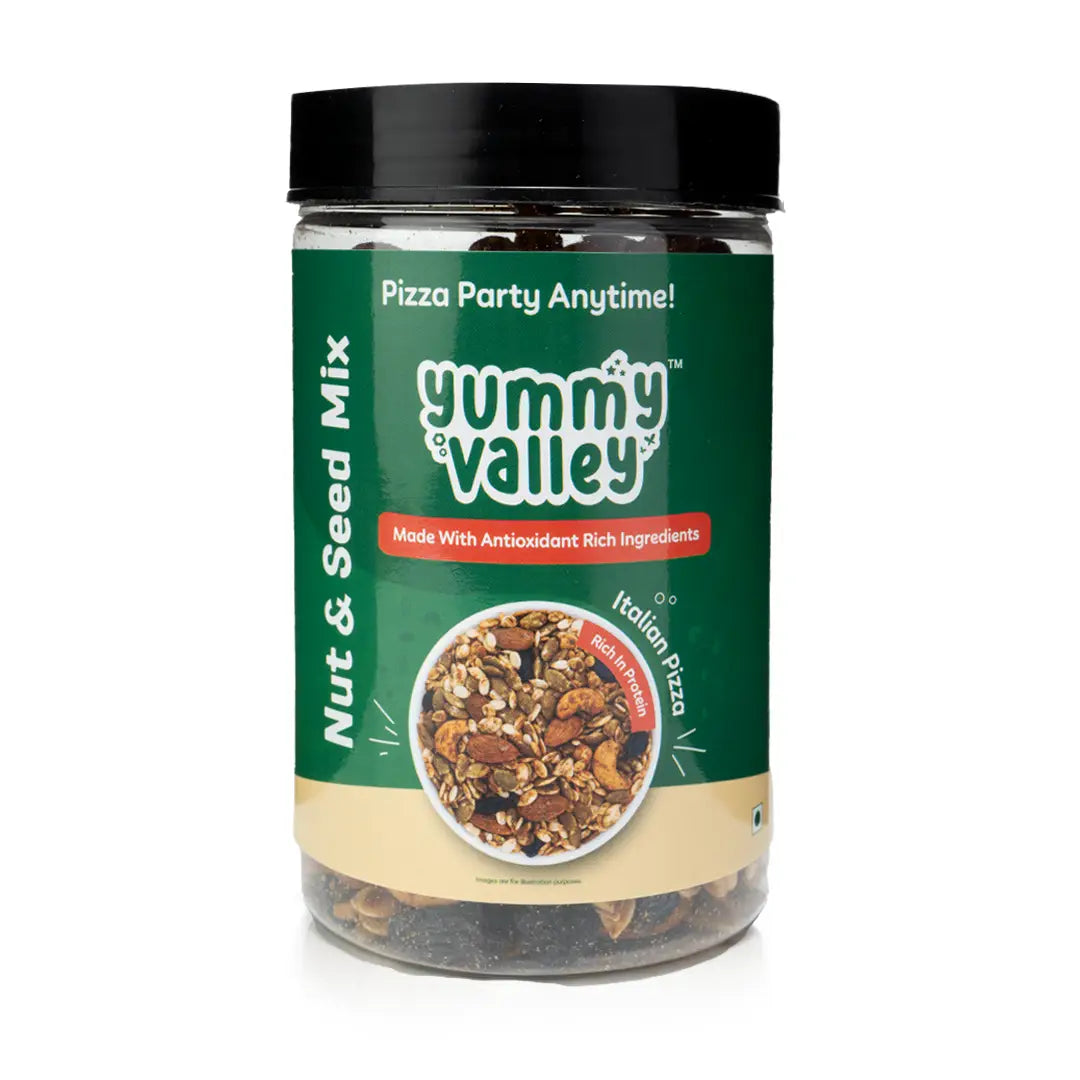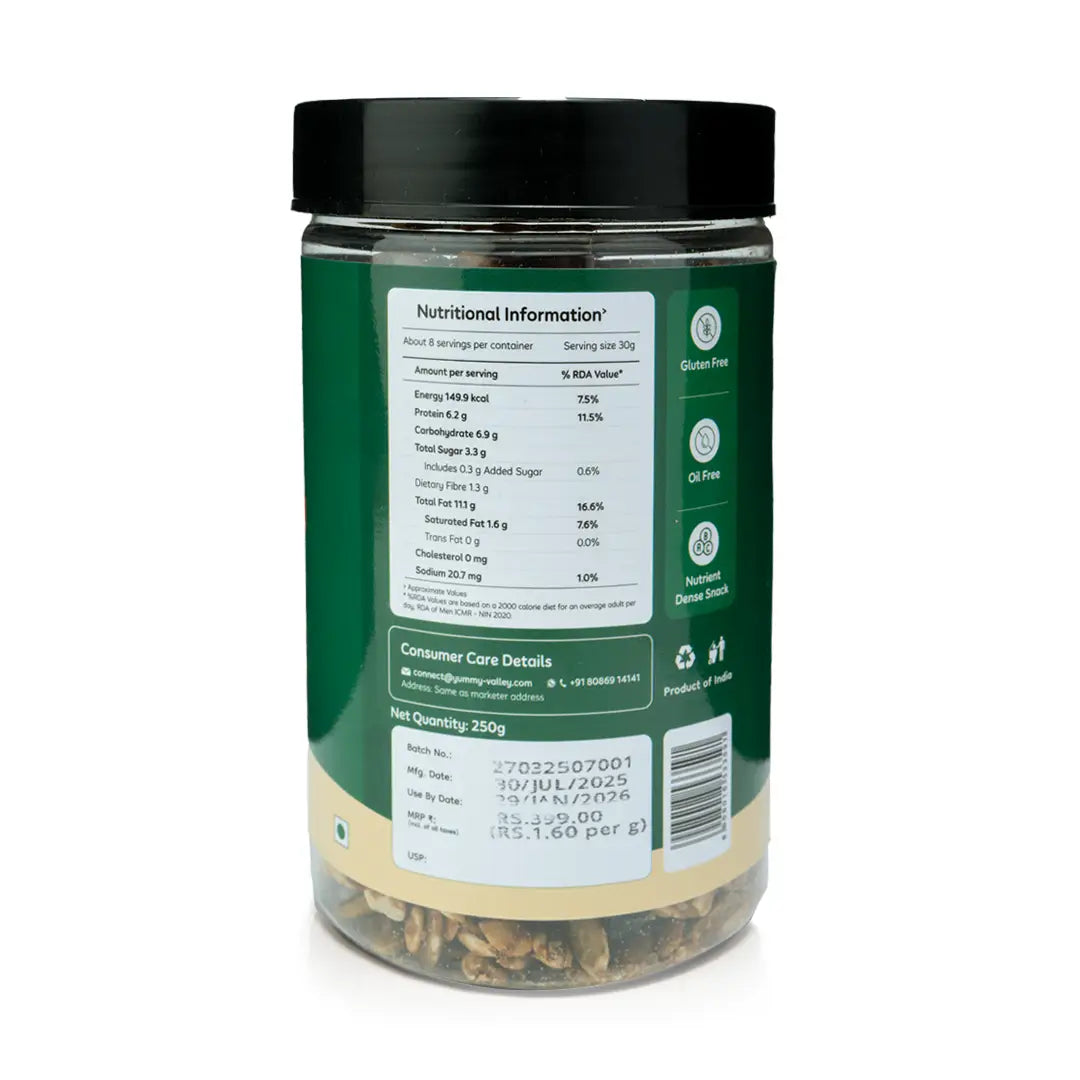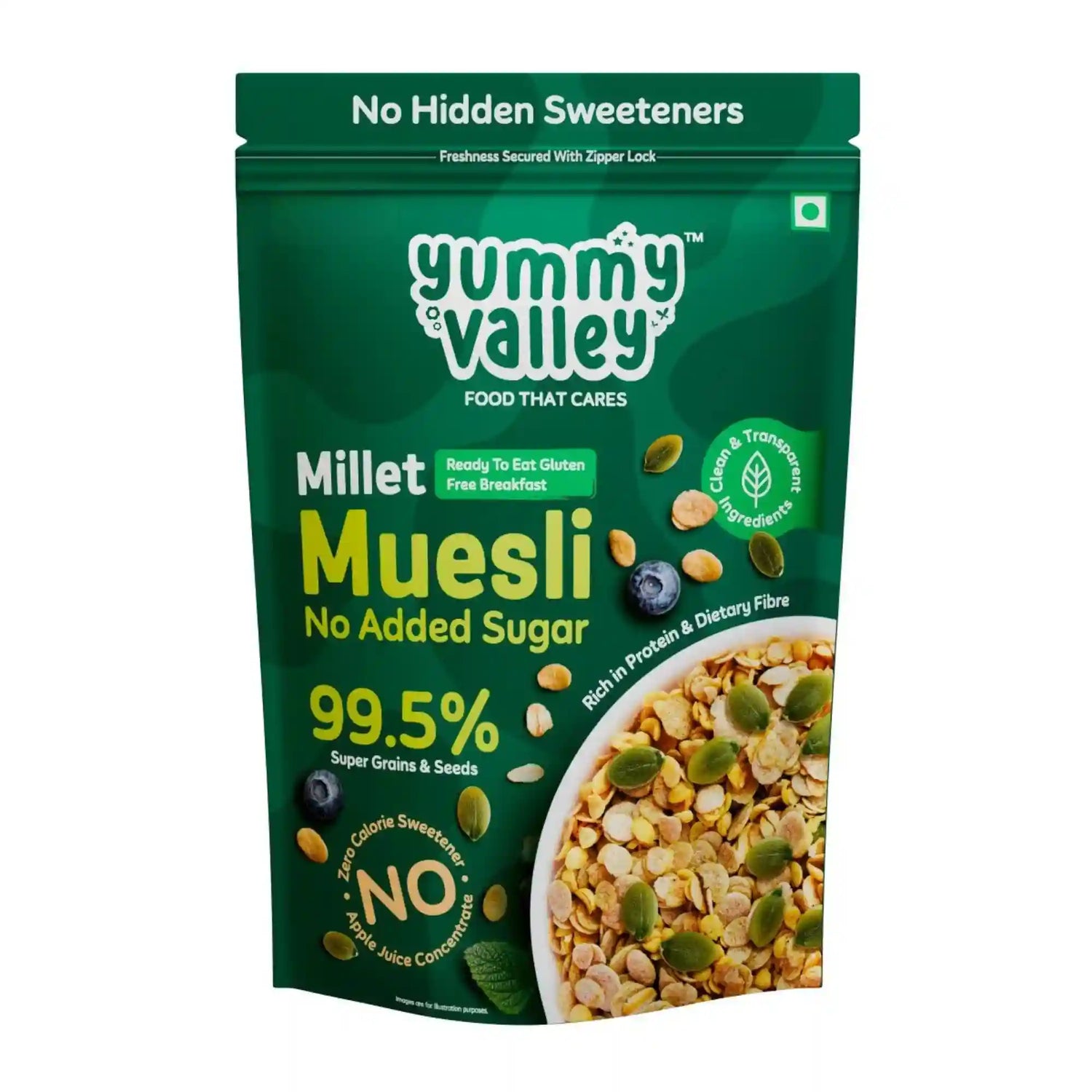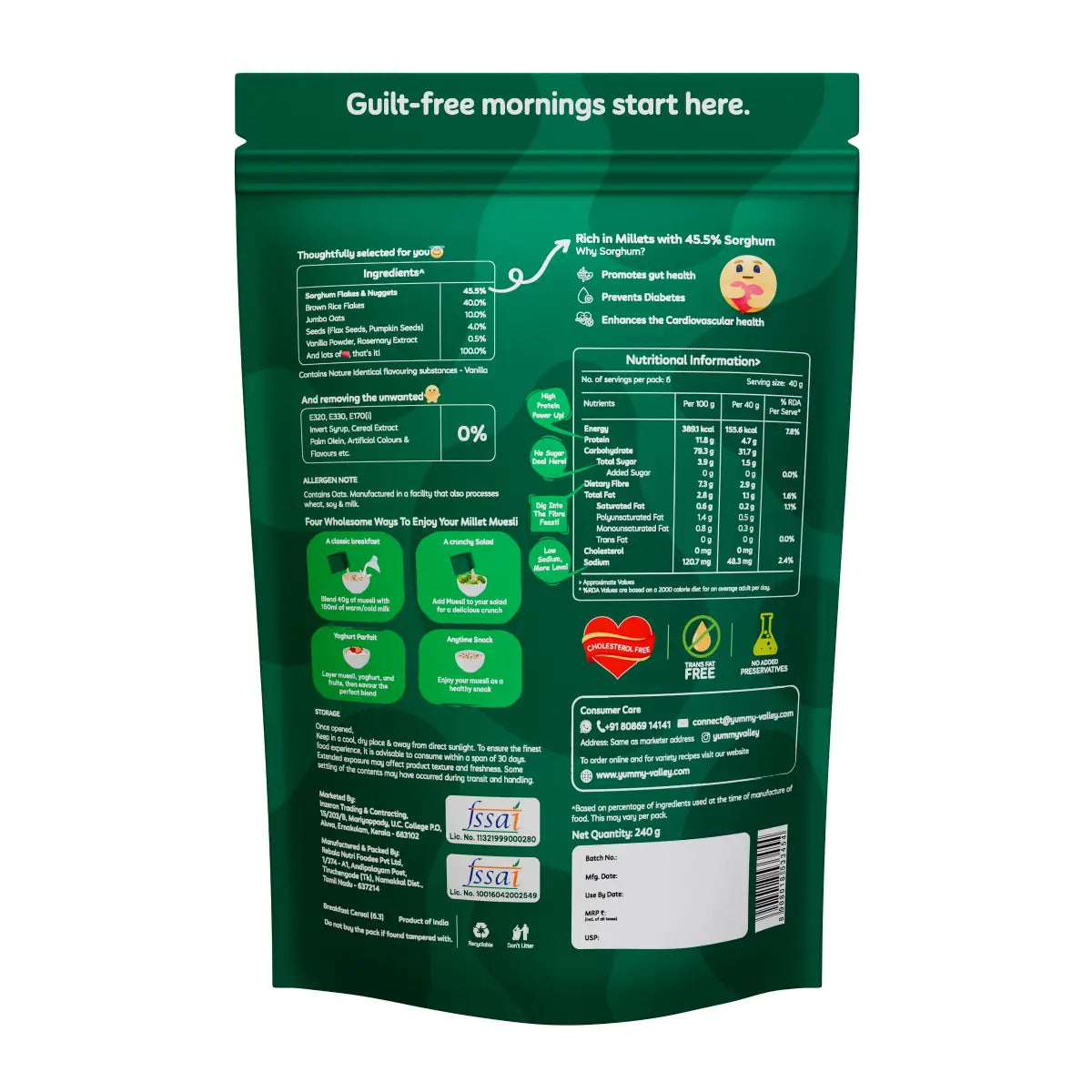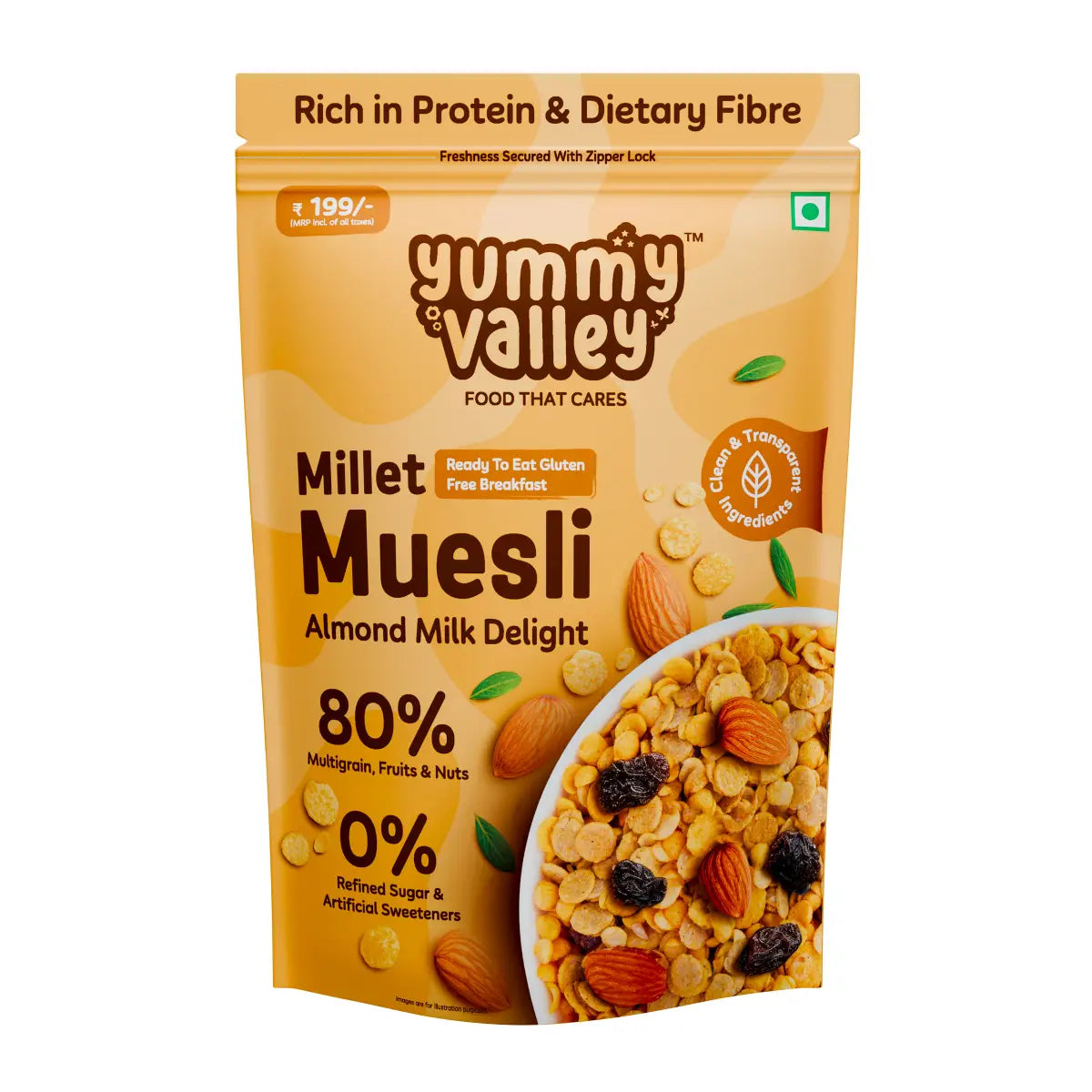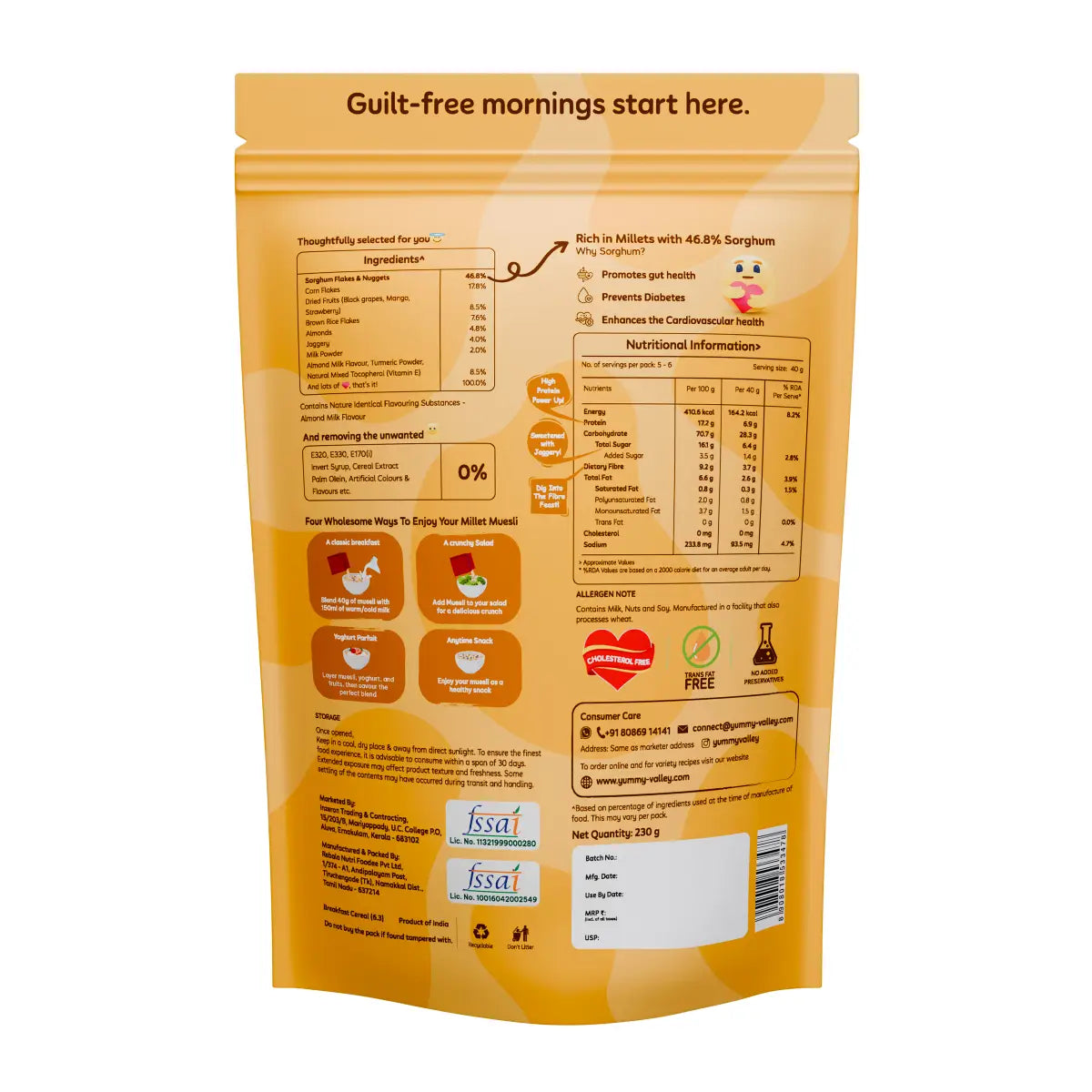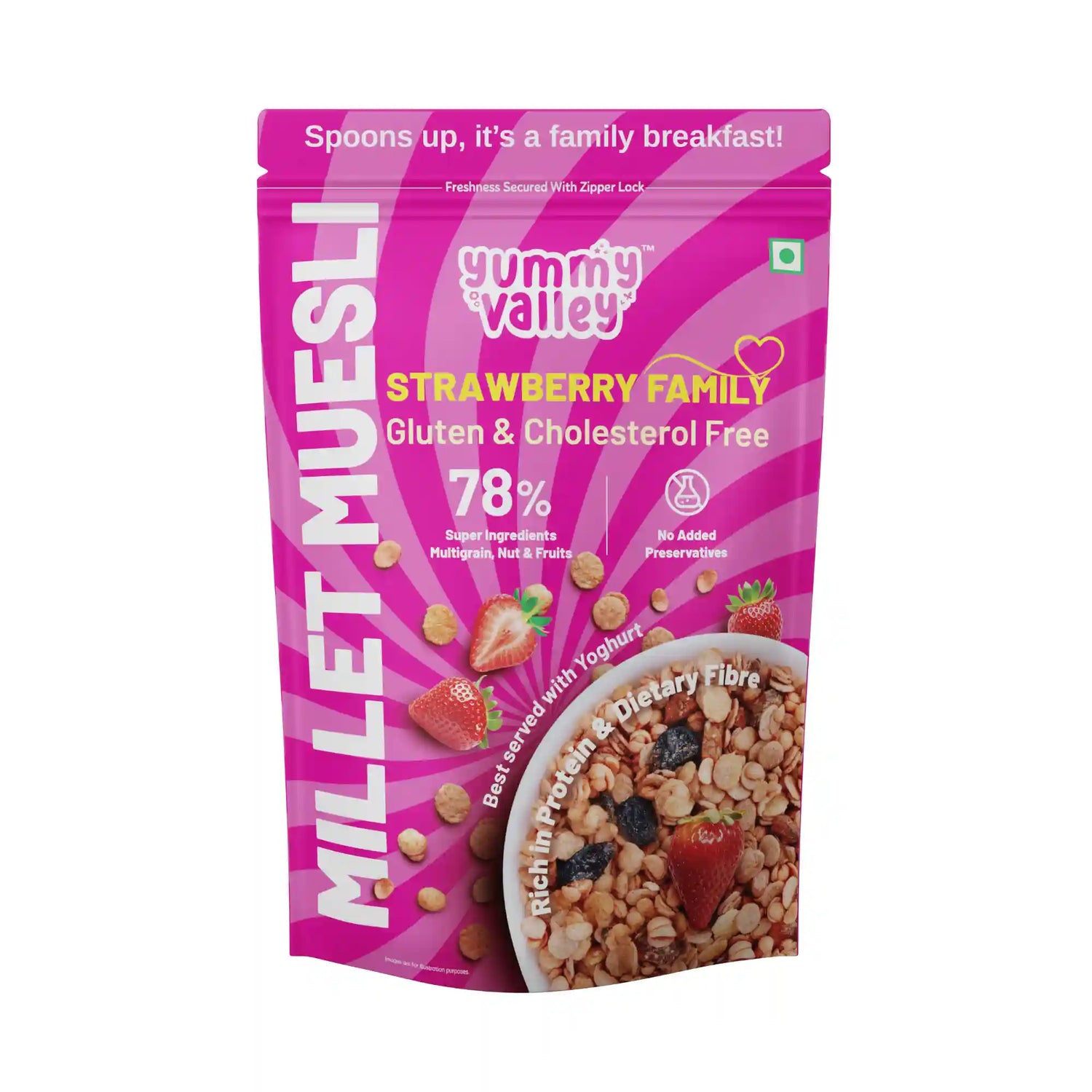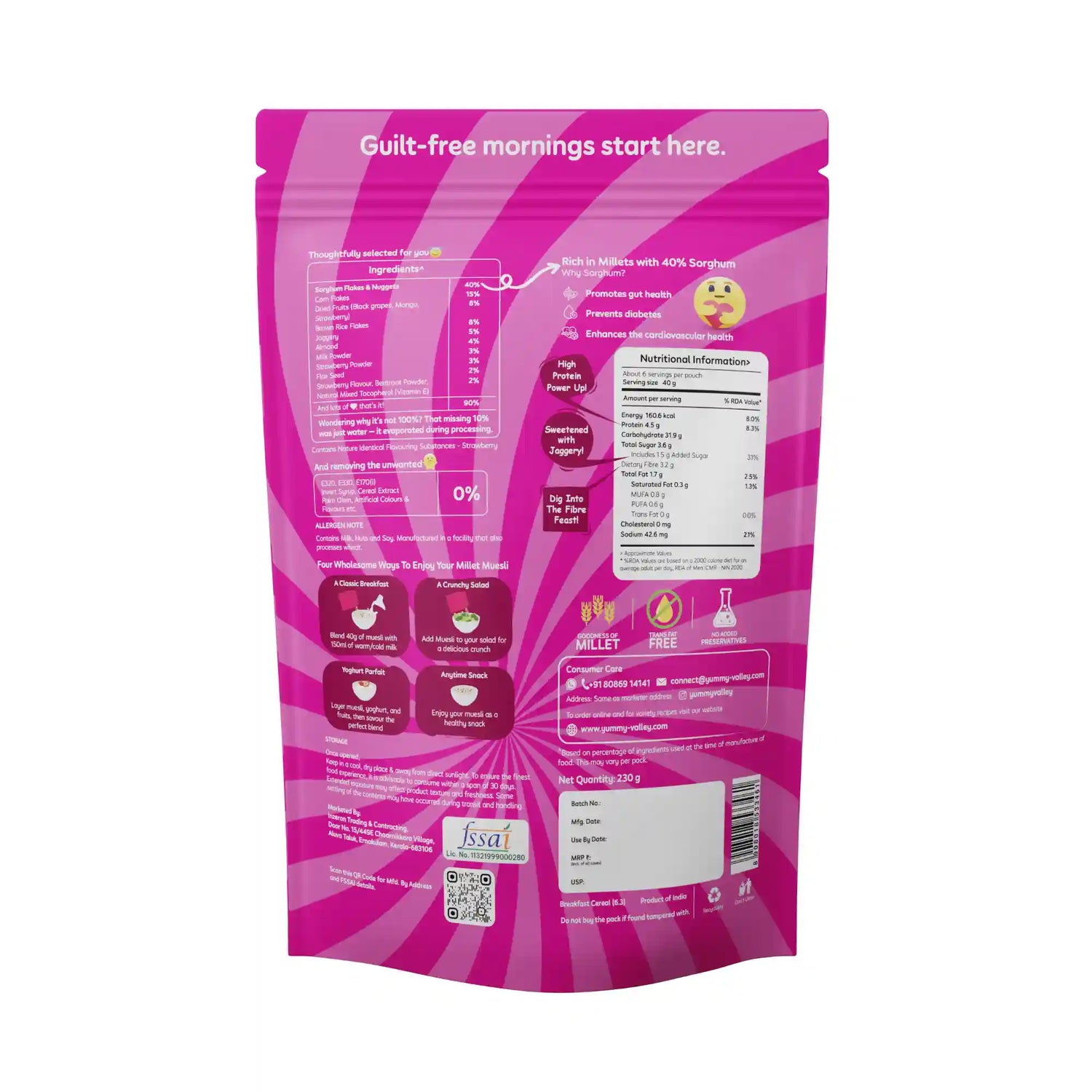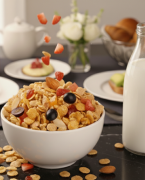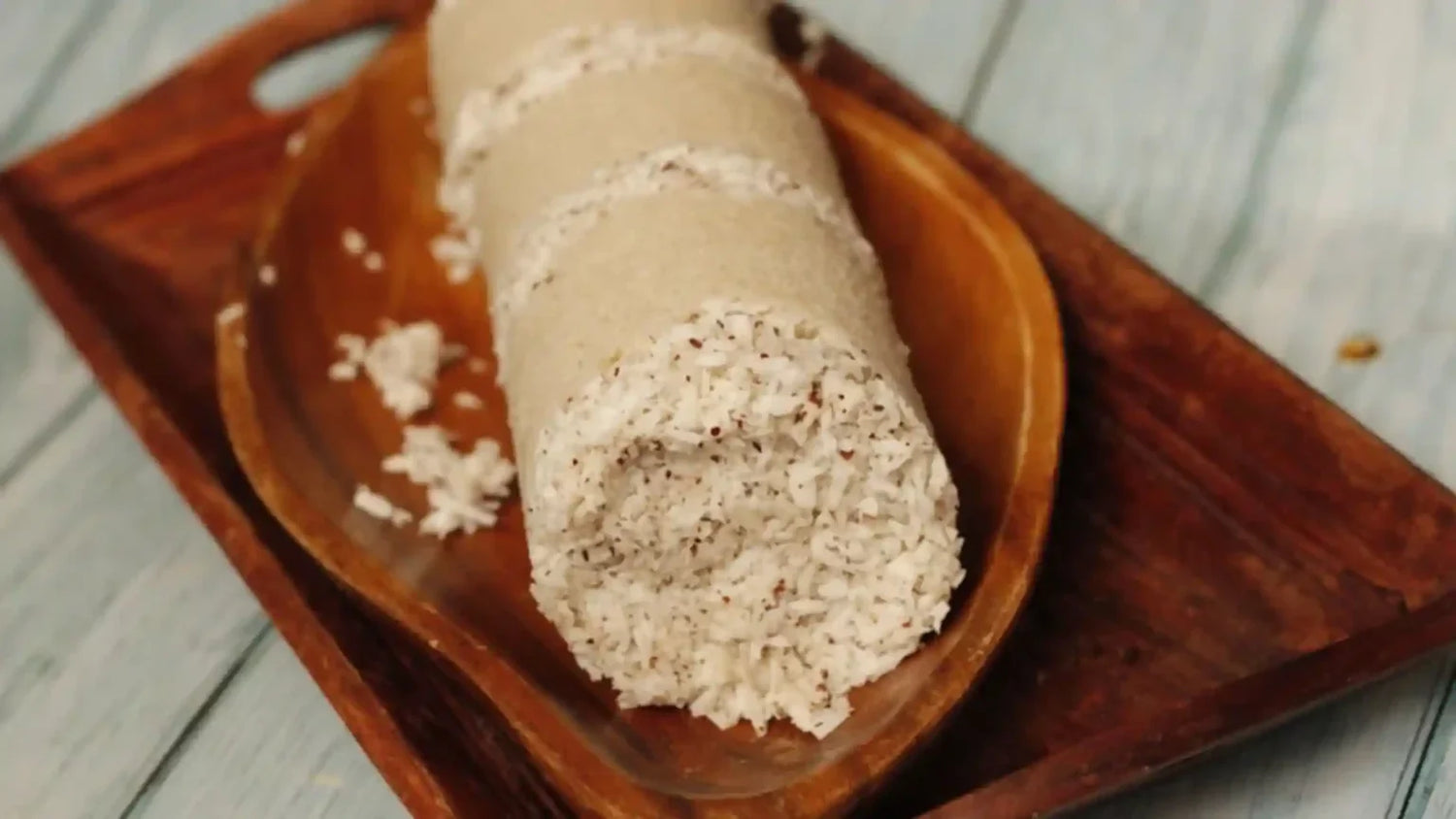Kodo Millet Recipes: Kodo millet is one the most important ancient grains in India that has been used as food since immemorial. Although they have a long history that dates back 7,000 years, these grains were only recently noticed for their nutritional value and people following the healthier eating trend.
Kodo millets, unlike the modern food fads, remain the staple food of Indian cuisine but have faded with the pavement of the international cuisines. Millets have staged a comeback in the modern era that health-conscious diets have ushered in, and over the last couple of years, their nutritional status has been reclaimed and they have been reappreciated for the variety of health benefits they offer.
What is Kodo Millet?
Kodo millet grains were initially cultivated in India and their scientific name is Paspalum scrobiculatum. Indian farmers have cultivated this small, round grain crop for centuries in the ground that is poor in nutrition because of its outstanding ability to endure drought. Kodo millet is not only resilient but also this millet has many health benefits. It is also high in fibre, antioxidants and essential minerals hence considered a healthy food addition.
Benefits of Kodo Millet
- Celiac disease and gluten sensitivity individuals are perfect candidates for gluten-free Kodo millet.
- Fibre-rich, Kodo millet aids in maintaining good digestion and prevents constipation.
- Kodo millets help maintain blood sugar within the body aided by their low glycemic index.
- Kodo millets contribute to good health and well-being through their high iron and calcium content.
- The antioxidant properties of Kodo millets lower the levels of inflammation and oxidative stress.
- Kodo millet is juicy in magnesium, strengthening bones and increasing their density.
- A koda nut could aid in weight loss as its high fibre content makes it the source of bulk which also adds to the feeling of fullness.
- For active people, Kodo millets are preferred for their energy.
- Consistent consumption of Kodo millet lowers cholesterol levels and improves heart health.
- The dietary fibre in Kodo millet aids in keeping the gut healthy and also provides some good gut bacteria.
Kodo Millet Recipes
Below are 10 recipes you can try with Kodo millets as the main ingredient;
1. Kodo Millet Puttu Recipe

Ingredients
- 1 cup kodo millet flour
- 1/4 cup grated coconut
- Water as needed
- Salt to taste
Instructions
- Mix kodo millet flour with salt in a mixing bowl. Add water gradually and incorporate with the fingers of both hands until it forms a coarse breadcrumb and holds its shape when pressed together.
- Fill the lowest part of puttu maker or steamer pot with water and put it to a boil.
- Layer the puttu maker by using alternating layers of grated coconut and the prepared Kodo millet mixture. Repeat the layers till the puttu maker is stuffed, beginning with grated coconut on top.
- Shut the lid of the puttu maker and steam for about 8-10 minutes or until the puttu is cooked through and fluffy.
- After cooking, simply press the puttu out of the mould onto a plate.
- Serve hot with banana portions, grated coconut, or kadala curry for a conventional South Indian breakfast or snack.
2. Kodo Millet Daliya (Porridge) Recipe

Ingredients
- 1/2 cup Kodo millet, dry roasted
- 3 cups water or milk
- 2-3 tbsp jaggery or sugar (adjust to taste)
- 1/4 tsp cardamom powder
- Preparation of chopped nuts and dried fruits (almonds, cashews and raisins).
- A pinch of saffron (optional).
Instructions
- Cook kodo millet in a saucepan over medium heat until lightly browned and fragrant. Allow to cool.
- Grind the roasted Kodo millet to coarse powder with a rolling pin or food processor to a semolina-like consistency.
- In a saucepan, you need to boil water or milk.
- Pour the ground kodo millet into the boiling liquid gradually and keep the mix stirred so that lumps do not form.
- Shift the heat to low and keep cooking the daliya stirring regularly until it thickens to your desired consistency level.
- Add jaggery or sugar, cardamom powder and a few stars of saffron (if using). Stir well until well dissolved.
- Cook for a few more minutes until the daliya is well-cooked or tender.
- Turn off the heat to let cool slightly before serving.
- Sprinkle with sliced nuts and dry fruits of your choice before serving hot for breakfast or as a snack.
3. Kodo Millet Sweet Pongal Recipe

Ingredients
- 1/2 cup kodo millet
- 1/4 cup split yellow moong dal (lentils)
- 1/2 cup jaggery, grated
- 3 cups water
- 1/2 cup coconut milk
- 1/4 cup ghee (clarified butter)
- 1/4 cup cashew nuts
- 1/4 cup raisins
- 1/2 tsp cardamom powder
- Saffron strands (optional)
- A few strands of edible camphor (optional)
Instructions
- Rinse and combine Kodo millets with moong dal under running water.
- In a pressure cooker, combine the washed Kodo millets, moong dal and water. Cook for three whistles or until soft and mushy.
- Press the pressure valve to release the steam and open the cooker. Use the back of the ladle to smash the cooked millet and dal mixture gently.
- Now in another pan or frying pan add the ghee and get it hot. Then fry the cashews and raisins until they are golden brown. Set aside.
- In the same pan, add the jaggery and the coconut milk that you have ground already. Bring the jaggery to a boil in the coconut milk under medium heat.
- Let’s mix the cooked dal which is mixed with the coconut mixture that is cooked in jaggery and coconut milk. Mix well.
- Add cardamom powder and saffron strands (if using). Mix until everything is well combined.
- Add in the cashew nuts and raisins and give it another mix.
- Use cumin seeds and pepper. Crush a pinch of camphor and sprinkle it. It will enhance the flavour (but take care, a pinch goes a long way).
- Serve hot as a delicious sweet treat during festivals or special occasions.
4. Kodo Millet Vegetable Soup Recipe

Ingredients
- 1/2 cup kodo millet
- 4 cups vegetable broth or water
- 1 onion, chopped
- 2 carrots, diced
- 1 celery stalk, chopped
- 1/2 cup green beans, chopped
- 1/2 cup corn kernels
- 2 tomatoes, chopped
- 2 cloves garlic, minced
- 1/2 tsp dried thyme
- 1/2 tsp dried oregano
- Salt and pepper to taste
- 2 tbsp olive oil
- Chopped fresh parsley as garnish
Instructions
- Use running water to wash the chaffed Kodo millet and dry it afterwards.
- Heat oil with olive in a large pot over medium heat. Add chopped garlic and onion. Cook until the onions are soft and translucent.
- Add chopped carrots, grated celery, green bean slices, canned corn and chopped tomatoes.
- Cook for a couple of minutes till the vegetables are tender.
- A millet which has been rinsed under running water is added to vegetable broth or water and then thyme, oregano, salt, and pepper are added. Bring the liquid to a boil.
- Simmer the contents on low flame after covering the pot with a lid for an hour or until the millet and the veggies are cooked for 20-25 minutes or until they are tender in texture.
- Adjust seasoning at this point, followed by garnishing with fresh parsley chopped finely.
5. Kodo Millet Upma Recipe

Ingredients
- 1 cup kodo millet
- 1 onion, chopped
- 1 tomato, chopped
- 1 green chilli, chopped
- 1 carrot, grated
- 1/4 cup peas
- 1/2 tsp mustard seeds
- 1/2 tsp cumin seeds
- Curry leaves
- Salt to taste
- 2 cups water
- 1 tbsp oil
Instructions
- Wash the Kodo millet in water and strain.
- Heat oil in a pan. Mustard seeds go first. Then throw in cumin seeds and curry leaves when they sputter and mix well.
- Add chopped onions and green chillies. Sauté until onions turn translucent.
- Add chopped tomatoes, and cook until they turn soft.
- Add grated carrot, peas, and salt. Cook for a few minutes.
- Add rinsed Kodo millet and water. Cover and cook until the millet is soft and water is absorbed.
- Garnish with chopped coriander leaves and serve hot.
6. Kodo Millet Pulao Recipe

Ingredients
- 1 cup kodo millet
- 1 onion, thinly sliced
- 1 tomato, chopped
- 1 carrot, diced
- 1/4 cup green beans, chopped
- 1/4 cup green peas
- 2 cups water
- 1 tsp ginger-garlic paste
- 1/2 tsp turmeric powder
- 1 tsp garam masala
- Salt to taste
- 1 tbsp oil
- Chopped coriander leaves for garnish
Instructions
- To clean the Kodo millet, shake it in the cold water flow and filter it.
- The onions that are sliced should be also put into the oil that is in the pressure cooker when the oil is hot. Stir-fry in a pan until they are ready to be golden.
- In the next step add ginger-garlic paste and fry it for 1 minute.
- Add in chopped tomatoes, turmeric powder, and garam masala. Cook until tomatoes are soft.
- Add diced carrots, chopped green beans, green peas, and salt. Mix well.
- Add rinsed Kodo millet and water. Close the pressure cooker lid, and cook for 2 whistles.
- Now as the pressure releases out, open the lid and mix the pulao with a fork.
- Garnish with the chopped coriander leaves and serve accordingly with raita.
7. Kodo Millet Dosa Recipe

Ingredients
- 1 cup kodo millet
- 1/4 cup urad dal (black gram)
- 1/4 cup rice
- Salt to taste
- Water as needed
- Oil for cooking dosas
Instructions
- Soak kodo lentils, urad dal and rice together for 4-6 hours.
- Drain and turn the fillings into a fine paste with a grinder. Add water as needed to make the dosa batter even.
- Add the batter to a bowl, add the salt and mix well. It should be allowed to ferment for a night or 8-10 hours.
- Heat the pan (tawa) on medium heat in a non-stick pan. Take a spoonful of the batter spread in the middle of the pan and round out the dosa using a round motion.
- Take “tempering” oil to the edges of the dosa and then cook until the bottom is golden brown.
- Flip the dosa and cook the other side until golden brown.
- Repeat the process with the remaining batter.
- Serve hot dosas with coconut chutney or sambar.
8. Kodo Millet Khichdi Recipe

Ingredients
- 1 cup kodo millet
- 1/2 cup split yellow moong dal (lentils)
- 1 onion, finely chopped
- 1 tomato, chopped
- 1 carrot, diced
- 1/4 cup green peas
- 1/2 tsp cumin seeds
- 1/2 tsp turmeric powder
- 1/2 tsp garam masala
- Salt to taste
- 3 cups water
- 1 tbsp ghee (clarified butter)
- Chopped coriander leaves for garnish
Instructions
- Rinse the Kodo millet with moong dal in running water, strain and drain.
- Heat ghee in a pressure cooker then add cumin seeds. Let them splutter.
- Add chopped onions, and fry until brown
- Then add chopped tomatoes, turmeric powder and garam masala. Cook until tomatoes are soft.
- Add diced carrots, green peas, rinsed Kodo millet, moong dal, salt, and water. Mix well.
- Cover the pressure cooker with a lid and cook for 3 minutes.
- Release the pressure, open the lid and give the khichdi a little stir.
- Garnish with chopped coriander leaves and serve hot along with yoghurt or pickle.
9. Kodo Millet Salad Recipe

Ingredients
- 1 cup cooked kodo millet
- 1 cucumber, diced
- 1 bell pepper, diced
- 1 carrot, grated
- 1/4 cup corn kernels (boiled)
- 1/4 cup black olives, sliced
- 2 tbsp lemon juice
- 2 tbsp olive oil
- Salt and pepper to taste
- Chopped coriander leaves for garnish
Instructions
- Mix in a large bowl, grated carrot, mashed potatoes, sliced cucumber, and Kodo millet cooked in black olives should all be combined.
- Now mix the dressing by placing the lemon juice, olive oil, salt, and pepper in a small bowl.
- Shake the salad dressing over the vegetables and salad with a slight toss movement so all is evenly covered.
- Garnish with chopped coriander leaves.
- Serve chilled as a refreshing and nutritious salad option.
10. Kodo Millet Idli Recipe

Ingredients
- 1 cup kodo millet
- 1/2 cup urad dal (black gram)
- Salt to taste
- Water as needed
- Oil for greasing idli moulds
Instructions
- The first step is to wash Kodo millet and urad dal together and soak both of them in water for 4-6 hours.
- Press the water out and then grind the soaked ingredients in the blender until it is a smooth batter. Add water as much as necessary and stop when the battery turns into idli consistency.
- Deposit the batter into a container, add the salt, then combine thoroughly. It is time to ferment it either overnight or for 8 to 10 hours.
- Grease idlis mould with oil and pour a ladleful of batter into each of the moulds.
- Steam idlis in a steamer for 10 to 12 minutes or until it is fully cooked.
- Round out the idlis from the mould and serve them hot with sambar and chutney.
The health benefits of kodo millet are enormous, thus you should eat it more often because it is also beneficial to the diet. You can taste the goodness of an ancient grain that you can include in this list of yummy and easy recipes. Thus, do not be afraid of new things – put kodo millet to the test.
Also read: Barnyard Millet Recipes
FAQ on Kodo Millet Recipes
Do you recommend Kodo millet over rice?
In comparison with rice, Kodo millet has more fibre, a lower glycemic index and is richer in vitamins and minerals.
What is the use of Kodo millet for health?
Not only is it a source of essential vitamins such as calcium, iron and magnesium, but also kodo millet provides heart-protecting properties by aiding digestion and regulating blood sugar.
Should you soak Kodo Millets?
Soaking Kodo Millet is not compulsory, although it helps with quick cooking and good digestion. Please note that soaking the rice as much as possible is highly recommended for better cooking quality.
